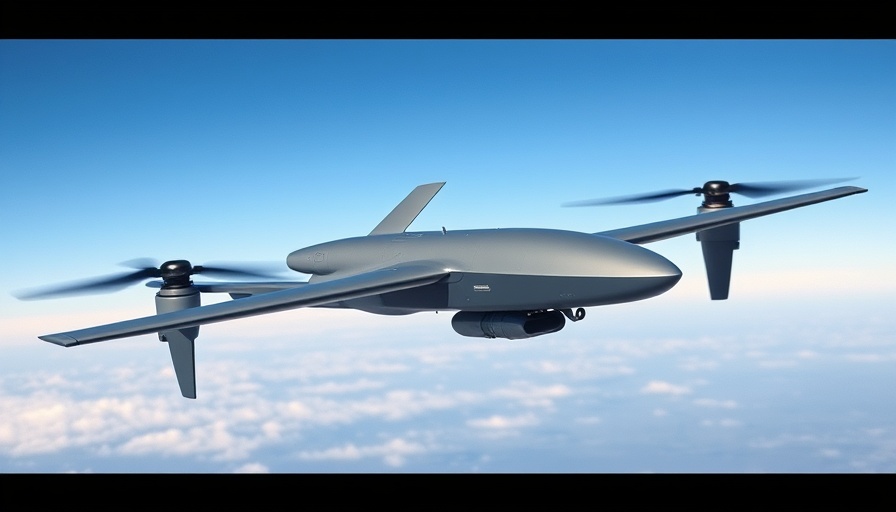
The New Faces Leading Texas Architecture in 2025
As of January 1, we welcome the new Texas Society of Architects (TxA) Board of Directors for 2025, featuring a dynamic group of individuals committed to championing Texas architecture through leadership, community engagement, and advocacy. The Executive Committee, consisting of six officers, not only brings expertise from diverse architectural backgrounds but also reflects a profound dedication to driving positive change within the industry.
Meet the Executive Committee Officers
The committee is led by skilled professionals who have forged paths in various sectors of architecture:
- Michael E. Allex, AIA - As Secretary, Michael’s experience spans leadership roles in several community organizations, demonstrating a passion for development and improvement in the Rio Grande Valley.
- Gabriella Bermea, AIA, NOMA - The Vice President of Practice and Recognition returns with a strong focus on educational design and community advocacy, a testament to her commitment to equity and opportunity in architecture.
- Samantha Markham, AIA - Serving as Vice President of Communications, Samantha integrates her project management expertise to enhance educational outreach and client engagement.
- Laura Sachtleben, FAIA - As Vice President of Advocacy, she champions resilience and educational initiatives within architectural practice.
- Maurice Thames, AIA, NOMA - His role as Vice President of Professional Development highlights his commitment to fostering diversity in architecture and mentoring young professionals.
- Dana Walton, AIA - As Treasurer, Dana balances her extensive financial acumen with a strong commitment to community service and nonprofit involvement in Amarillo.
Driving Change in the Architectural Landscape
In a time of rapid advancement and challenges within the architectural industry, the TxA 2025 Executive Committee is poised to lead with both skill and compassion. Their collective commitment extends beyond professional development; it intertwines with service to communities and advocacy for sustainable practices in Texas architecture. This new leadership team emphasizes the importance of education, equity, and resilience, essential components in navigating the complexities of modern construction and design.
The Role of Community in Architectural Advocacy
Community involvement plays a significant role in shaping architectural practices. The officers' varied leadership experiences illustrate the profound impact that active participation can have on local communities and the architectural landscape. For example, Michael Allex's extensive volunteer work highlights the necessity of integrating community voices in architectural decisions, fostering environments that are not just designed but also built with a sense of care and purpose.
The Future of Texas Architecture
Looking ahead, the TxA committee aims to tackle significant issues faced by architectural professionals, such as inclusivity and environmental sustainability. Their dedication to advocacy fosters a cooperative spirit among architects and communities alike, paving the way for innovative solutions that address real-world challenges. As these leaders each bring a unique perspective rooted in their experiences, they set the stage for a transformative year in Texas architecture that resonates with both personal and collective vision.
Join the Movement for Change
As the Texas Society of Architects embarks on this new chapter, stakeholders, including business owners, property developers, and facility managers, are invited to engage actively with the committee's initiatives. Your participation not only amplifies voices committed to community-centric design but also supports sustainable practices that enhance the overall quality of life. Together, we can build a more inclusive, innovative, and resilient architectural future.
 Add Row
Add Row  Add
Add 




Write A Comment